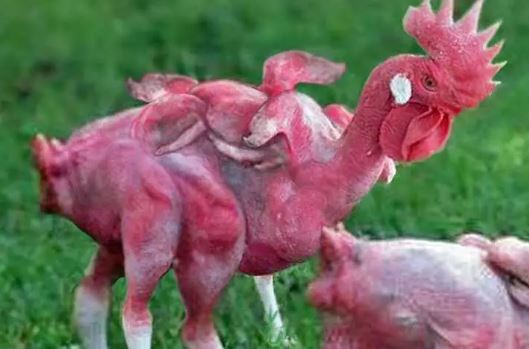Try these simple tests to check for adulteration of food, beverages, and spices
06/28/2023 / By Lance D Johnson

Detect Adulteration with Rapid Test (DART) is helping bring awareness to food safety and quality control issues across the food supply. Food manufacturers may deceive consumers by using additives and fillers in common food and beverage items. Poor quality controls or natural processes can lead to unintentional adulteration of common food products. As food and transportation costs soar, manufacturers are more likely to shrink package sizes and use fillers to make their products go farther in the marketplace. Fillers may be used to water down a product or cheapen it, making it unsafe for the consumer, especially when allergens or heavy metals are involved. Here are some simple tests to check for adulteration of food, beverages, and spices.
Milk may be thinned with water or contaminated with starch or detergent
To test for water in milk, put a drop of milk on a polished slanting surface. Pure milk will either stay put or flow slowly, leaving a white trail behind. Milk that is adulterated with water will flow immediately without leaving a mark.
To test for detergent in milk, take 5 to 10 ml of the milk sample with an equal amount of water and shake the contents thoroughly. If the milk is adulterated with detergent, it forms a dense lather. Pure milk will form a very thin foam layer due to agitation.
To detect starch in milk, boil 2-3 ml of the milk sample with 5ml of water. Then, cool the solution and add 2-3 drops of tincture of iodine. If a blue color forms, starch is present.
Oils and Fats are often adulterated
To check for adulterated coconut oil, prepare the sample in a transparent glass and place the glass in the refrigerator for 30 minutes. After refrigeration, coconut oil solidifies. If other oils are present, they will remain as a separate layer.
To check for tri-ortho-cresyl-phosphate (TOCP) in cooking oils, prepare 2ml of the sample oil, then add on a little amount of solid yellow butter. If a red color forms immediately, TOCP is present in the oil.
To see if potatoes are used to water down butter, prepare ½ teaspoon of ghee/butter in a transparent glass bowl. Then, add 2-3 drops of tincture of iodine. If a blue color forms, then mashed potatoes, sweet potatoes and other starches were used to thin out the butter.
Honey, grains, turmeric, and other spices are often adulterated
Insects, straw, seeds, pebble, dust, weevils, and rodent hair may contaminate common grains. To see if there is any extraneous matter in food grains, first place a small quantity of sample on a glass plate. The impurities can be detected visually.
To detect the presence of sugar solutions in honey products, first prepare a transparent glass of water. Then, add a drop of honey to the glass. If the drop of honey disperses in water, it indicates the presence of added sugar.
Lead chromate and artificial colors are often found in turmeric products. To detect for lead chromate, start by adding a small quantity of turmeric whole in a transparent glass of water. If the turmeric is pure, it will not leave any color. Adulterated turmeric appears to be bright in color and leaves color immediately in water.
Other common problems that can be detected include: sawdust in powdered spices, argemone seeds in mustard seeds, chalk powder in sugar, excess bran in wheat flour, artificial colors in chili powder, saw dust in chili powder, grass seed in cumin seed, rhodamine B in sweet potato, chalk in common salt, maize cob in saffron, papaya seeds in black pepper, artificial color on green peas, clay in coffee powder, and iron fillings in tea leaves.
For more on this topic, check out Food.News.
Sources include:
Submit a correction >>
Tagged Under:
adulteration, artificial colors, chalk, coconut oil, deception, extraneous matter, food science, food supply, food testing, honey, insects, milk, quality control, seed oils, toxic ingredients, turmeric
This article may contain statements that reflect the opinion of the author
RECENT NEWS & ARTICLES
COPYRIGHT © 2018 DECEPTION.NEWS
All content posted on this site is protected under Free Speech. Deception.news is not responsible for content written by contributing authors. The information on this site is provided for educational and entertainment purposes only. It is not intended as a substitute for professional advice of any kind. Deception.news assumes no responsibility for the use or misuse of this material. All trademarks, registered trademarks and service marks mentioned on this site are the property of their respective owners.




















